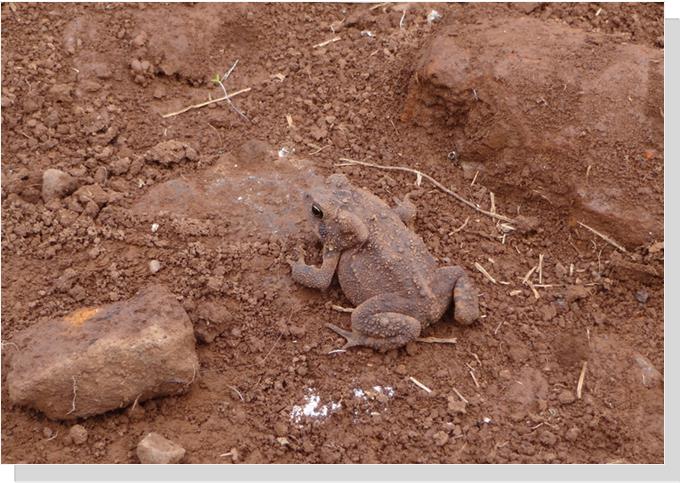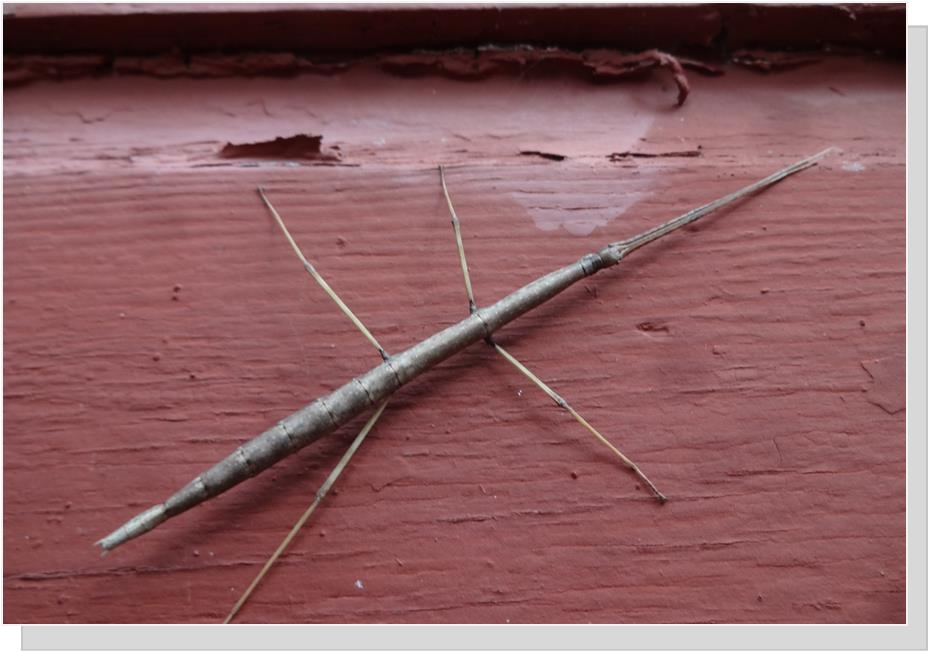
VIEW ON NATURE: In Plain Sight
By: Stephen Wendt
Camouflage- verb; to hide or disguise the presence of an animal, person, or object. (Webster Dictionary)
Nature helps most mammals, birds, reptiles, fish and insects be less visible by means of their coloration, color patterns, and perhaps, their shapes. For example, whitetail deer are camouflaged by season, with more auburn or “red’ in the brighter warmer months, and more grey, brown, and black hairs to blend in with the brown forest floor in the fall and winter. Also, the white patch under their chins conceals them in snowfall when the rest of their bodies are cover in white.
Camouflage is a defense mechanism or ploy to mask animals’ appearance, often to blend in with their environment. This allows predators to lie in wait on prey and prey to hide from predators. Some match their background like owls against rough-barked tree trunks while others like walking stick insects look just like twigs, head to toe. This insect even wobbles from side to side to resemble a twig wavering in the wind.
More drastic expressions of Nature’s concealment are represented by most butterflies and moths, from cocoon to caterpillar through adult. Cocoons often resemble dead leaves, caterpillars can blend in to the exact color of their favorite meal leaves, and many adults have “eyespots” on their wings that look like the eyes of larger animals to ward off or confuse predators.
Color patterns play a big role in nature’s concealment. The spots on box turtles shells mimic dapples of light filtering through the brush where they are often found. Countershading, a form of camouflage where the animal’s body is lighter in color on the underside while darker on the topside, is very common. Take most fish, waterfowl, and sharks – when seen from below, their bellies blend in with the lighter sky, but from above, their backs blend in with the depths beneath.
For me, some of the most camouflaged creatures in Virginia include the ground-nesting whippoorwill bird and the vibrant katydid grasshopper in the leafy treetops. Coincidentally, they are both named for their distinctive calls that mimic their names. Both are more commonly heard than seen. The whippoorwill is a medium-sized cryptic-colored bird of mottled grey, brown and black that nests directly on the leaf litter of the forest floor. It is so difficult to see that I’ve walked right up within three feet of them before these ghosts flush, scaring the Dickens out of me. Katydids blending into their surroundings helps them hide as a hunter of insects and as prey to hungry birds and snakes.
Some species are so difficult to see that they have eluded scientists for centuries, such as the mimic octopus that was only discovered near Indonesia in 1998! And in many ways, that’s good to keep wildlife wild and out of the exotic pet trade. So keep your eyes wide open because closer inspection may bring the hidden into plain sight.
This story can be read in full along with other nature stories in the ENDEAVOR News Magazine at www.annandalechamber.com/theendeavornwsmagazine.rhtml
(Copyright © 2012 Annandale Chamber of Commerce. All rights reserved. (Photographs & images, on this page, and on this website, are not available for use by other publications, blogs, individuals, websites, or social media sites.)
THE MASTERS OF DISGUISE


All photographs have been taken by the author and not available for reprint or use by other publications, blogs, individuals, websites, or social media sites.
Copyright 2012 Annandale Chamber of Commerce. All rights reserved. Privacy Policy

